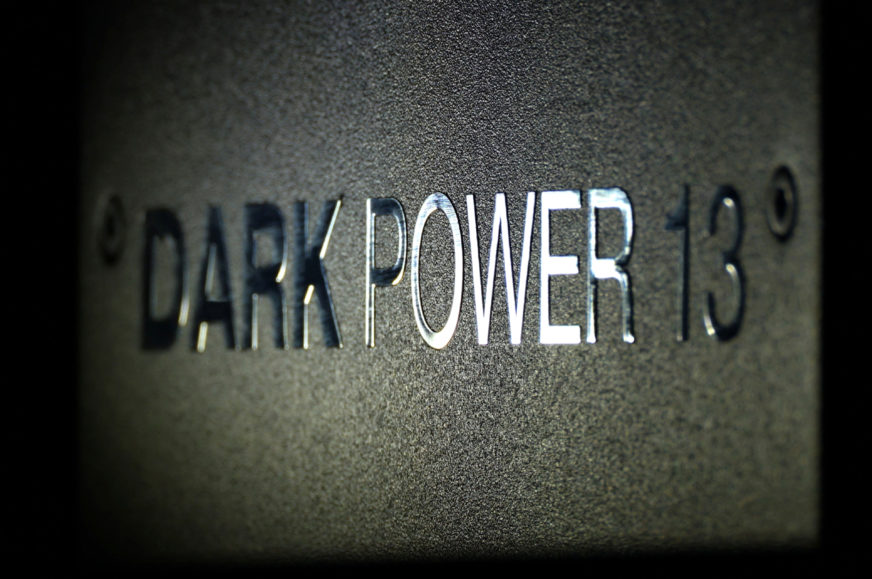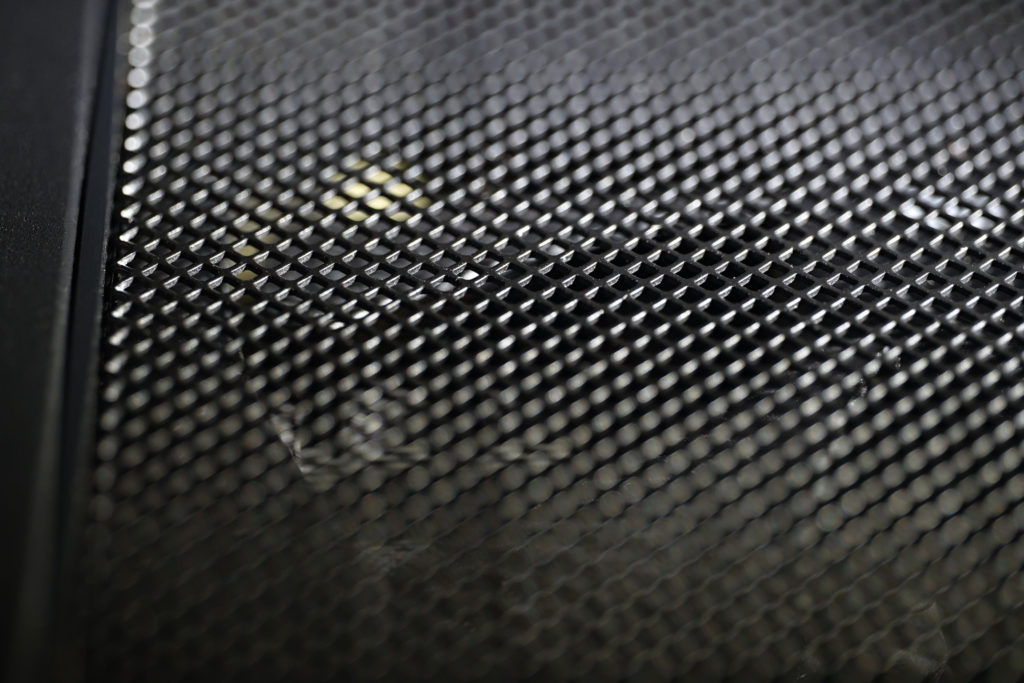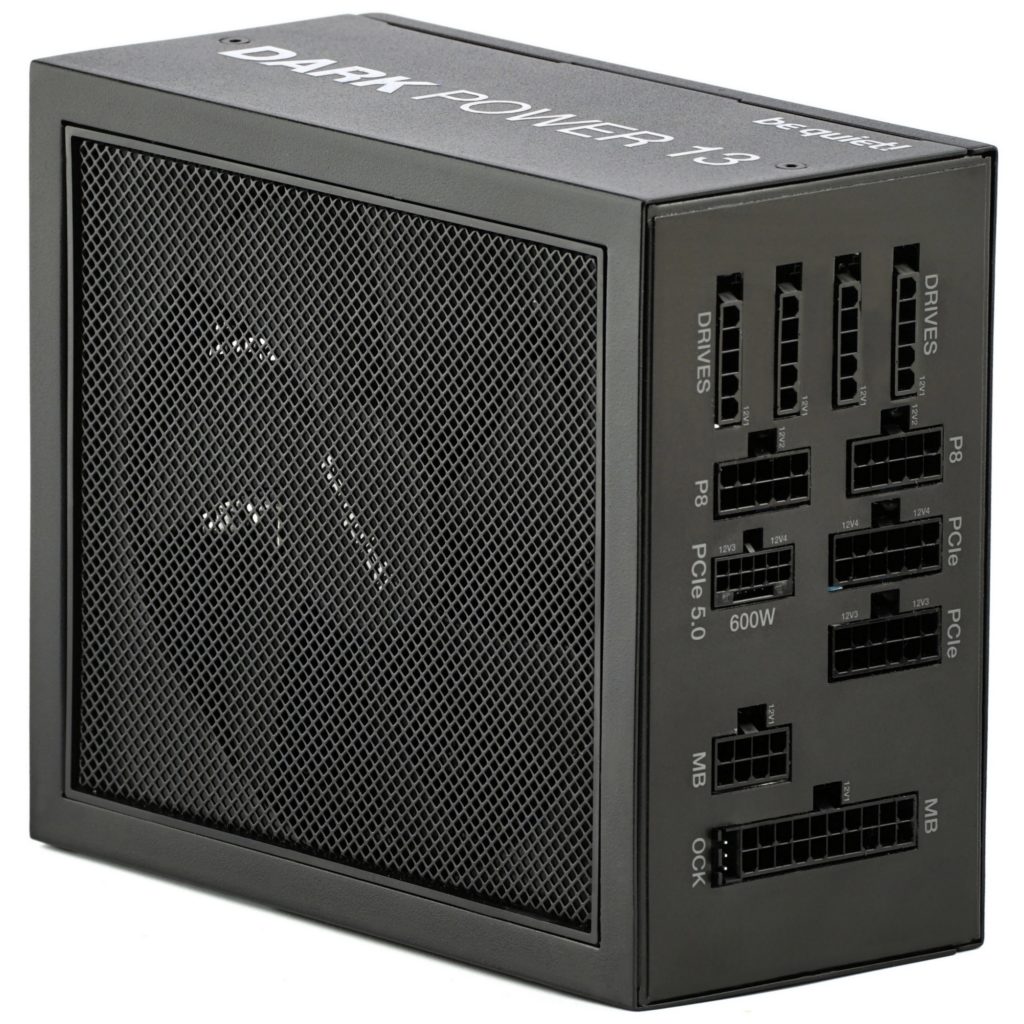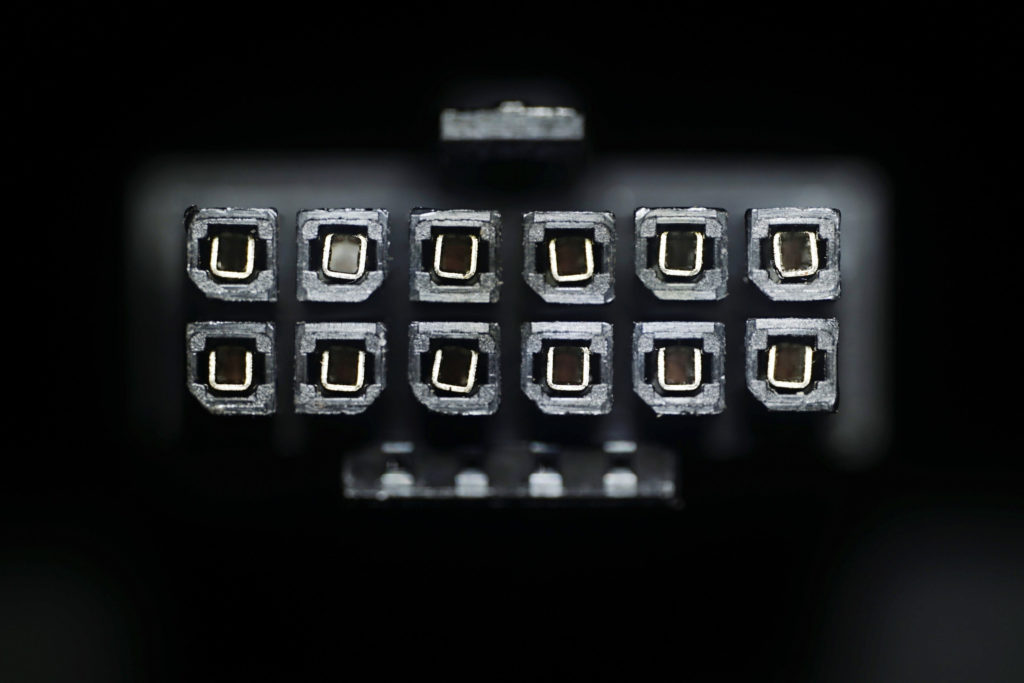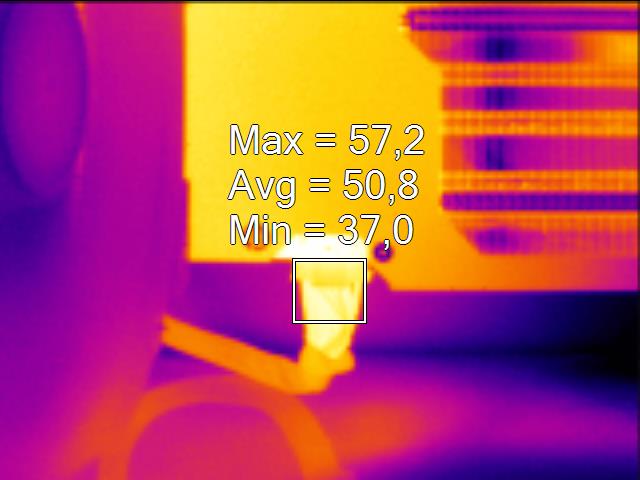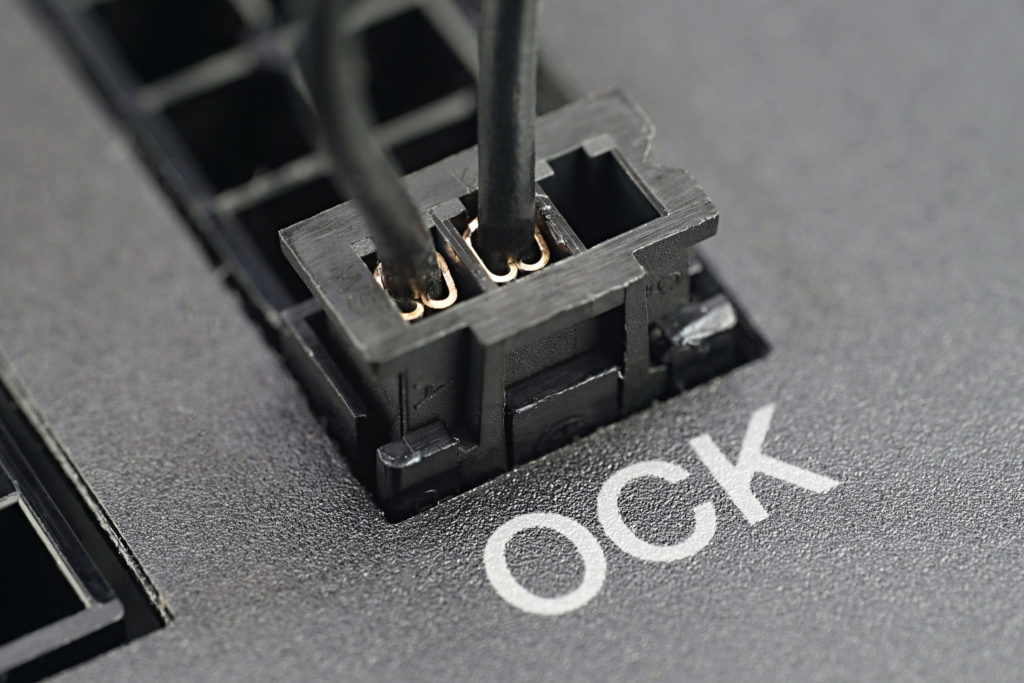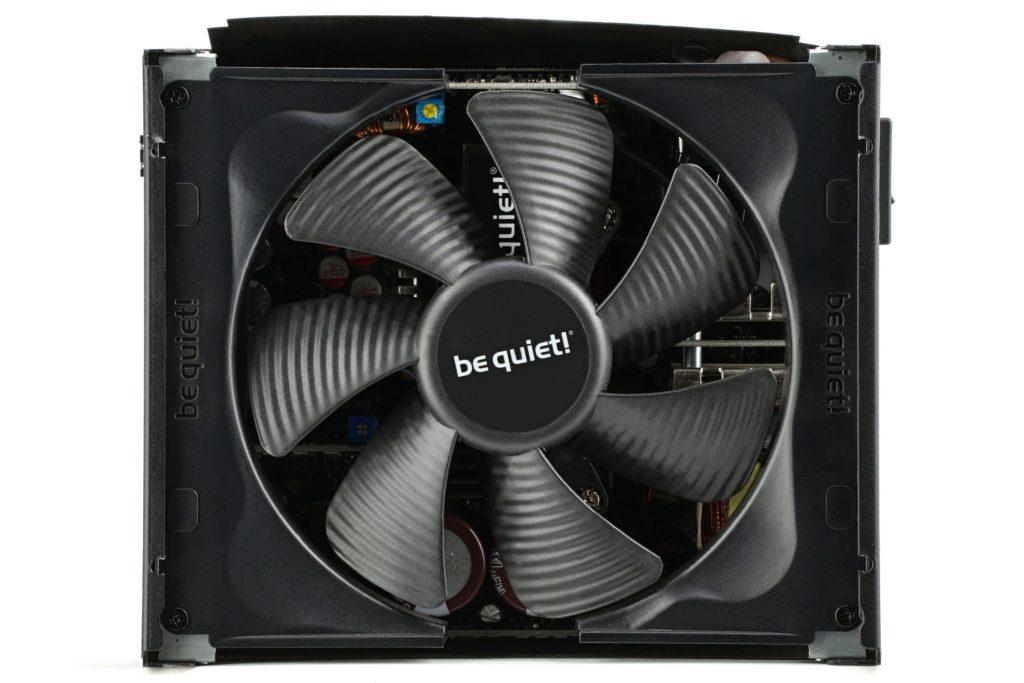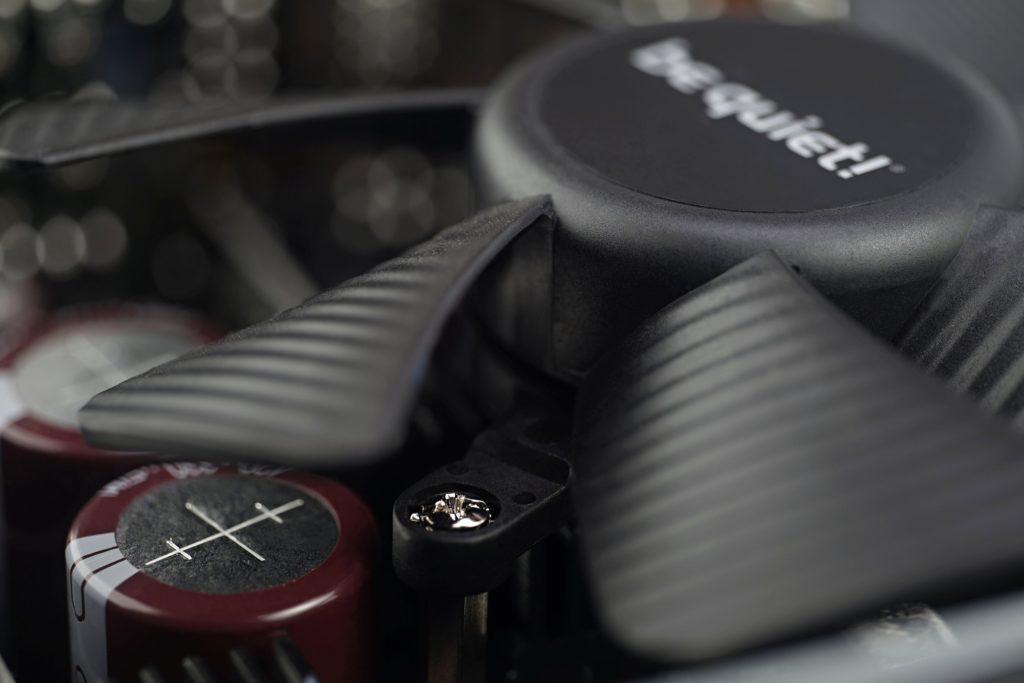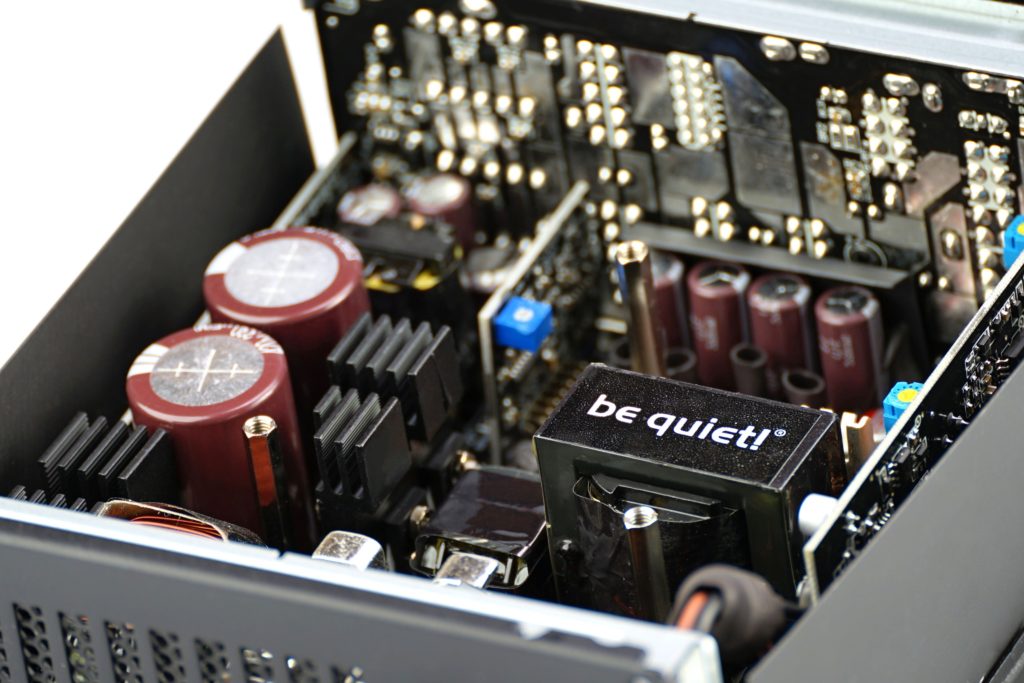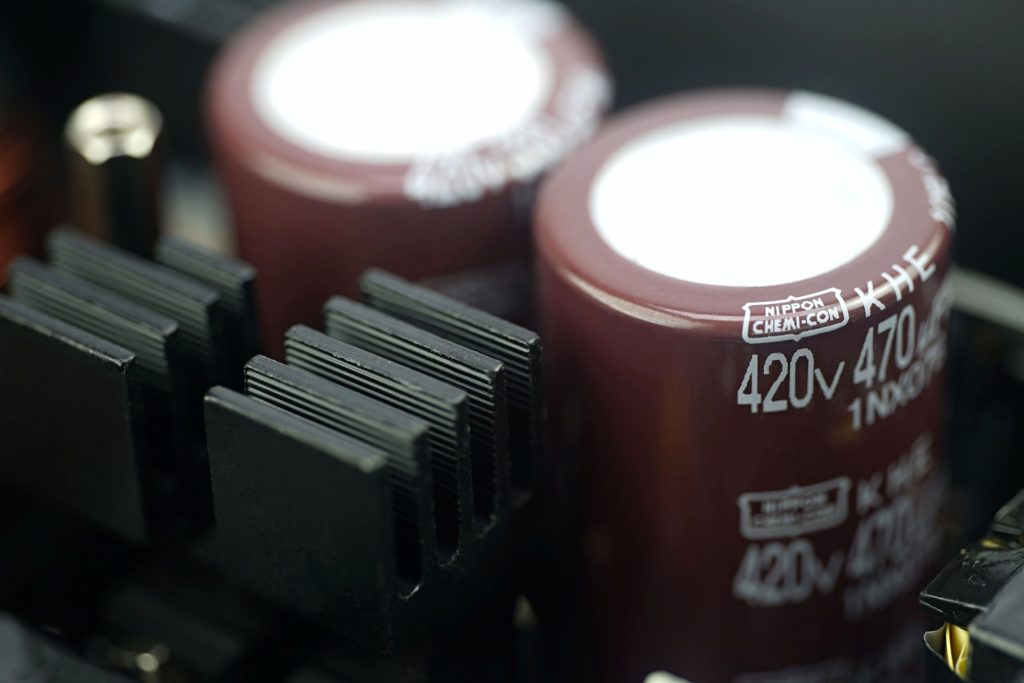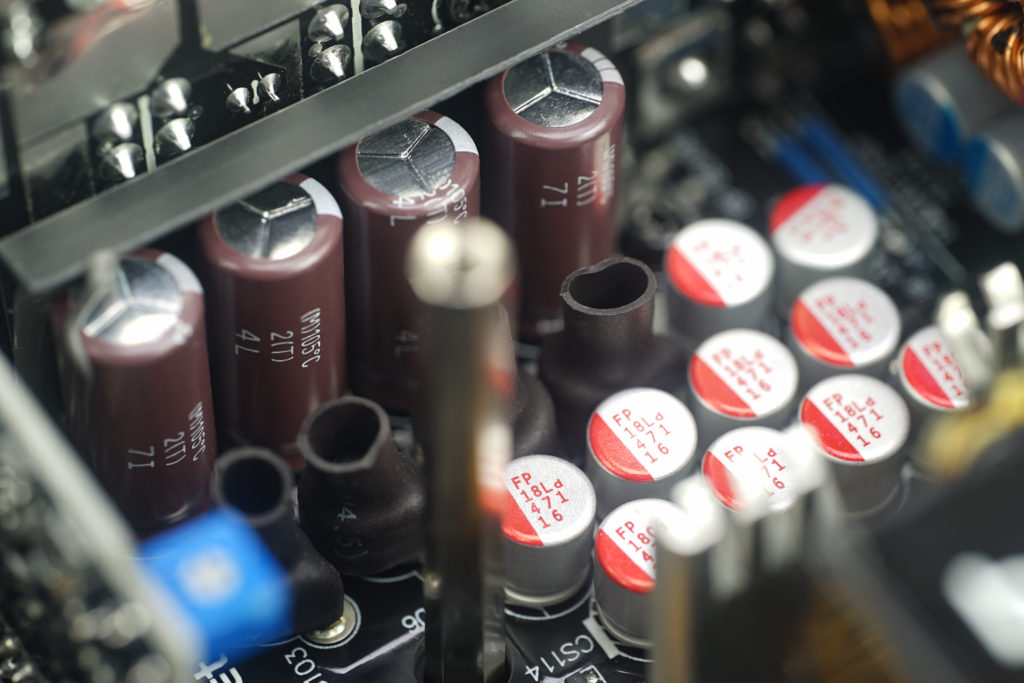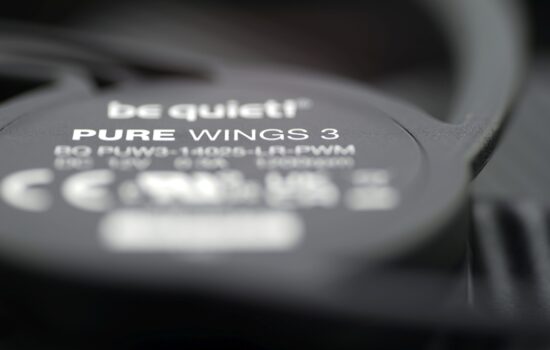BeQuiet! Dark Power 13 (850 W) power supply
BeQuiet! concentrates the most advanced it can produce from computer power supplies under the Dark Power model line. The ATX 3.0 standard shifts the numbering to “13”, which is supposed to be over 95% efficient in the most effective load range.And although a sad sight of a melted 16-pin recently appeared on Reddit in connection with Dark Power 13, the design of these power supplies is not guilty of this, and we have evidence to back it up.
Zvonku…
BeQuiet! already has power supplies with the new ATX 3.0 standard in three “quality” classes, from entry-level (Pure Power 12 M), to mid-range (Straight Power 12) to the Dark Power 13, which represents the top of the range. With the “Pro” moniker (Dark Power Pro 13), a 1300 W or even 1600 W power variant is available. For now though, we will be more interested in the 850 W Dark Power 13 (BN334), which is between the 750 W and the 1000 W variants. A characteristic feature, in addition to the excellent efficiency expected to meet Standard 80 Plus Titanium, is for example the grille made up of tiny square cut-outs.
All Dark Power 13 power supplies share the same, extra-large casing. It is as long as 175mm, but if the power supply is to achieve elite efficiency it needs to be built with more components that cost some space. So compatibility and the installation itself will sometimes be more complicated, but the reward then should be very attractive operating characteristics.
And let’s go straight to what is currently stirring the world of computer power supplies the most – the design of the 12VHPWR connector. The hollows are from NTK and it is the type that has (compared to the alternative Astrons) a larger contact area with the pins of the graphics card connector. This means that there will be a little less resistance inside the connector, but as long as the connection is done correctly, it doesn’t matter that much. Anyway, using oversized components is of course an advantage.
We won’t publish full tests of the PSU until the end of the year, but we’ve already loaded the connector with the 440W GeForce RTX 4090 graphics card. That’s for thermal imaging and to make sure that even with such a high load, it is far from anything that could be described as “dangerous”.
Of course, unless expert installation is done, irreversible damage can occur by melting the plastic around the hollows, just as it happened to one of the owners of this power supply. However, there is no reason to panic, without proper contact (i.e. across the entire surface of the pins/hollows) you cannot avoid such a result with any connector (even with “large” 6+2-pins). However, with the used NTK hollows, it is good to point out that pushing all the way in requires a bit more force for a tighter contact. Still, if the connector isn’t angled, but nicely perpendicular, you can certainly get a dull click (after the latch snaps) with one hand.
What is quite unique about BeQuiet! PSUs is the choice between using one strong 12 V branch (single-rail) or four weaker ones (multi-rail), where there is less current load per one, but on the other hand better electromagnetic compatibility (EMC). In case of a sudden change of load, for example of a graphics card, the voltage drop (on its branch) will not affect the voltage fluctuation of another branch, which is used to power, for example, the processor.
Single or multi-rail mode can be set in two ways. Either by a switch on the rear panel of the case or by a shorting cable directly on the power supply.
… and from the inside
But the rotor matches that of the 135mm Silent Wings 3 fans.
The fan is connected to the power supply with a 2-pin connector and never switches off and therefore does not support semi-passive mode. This is often criticized by users. On the other hand, at lower loads, low speeds are achieved, and ones that many users will not be able to distinguish from passive mode. Usually, the fan thus is drowned out by the activity of another component. Always active mode is also beneficial in terms of higher durability, but of course one cannot oppose the view that in idle mode (e.g. at 5 percent load) the power supply unnecessarily sucks dust and eventually clogs faster.
The heatsinks on the voltage regulators of the converters are smaller, but big enough – as the efficiency goes up, the need for massive cooling goes down. BeQuiet! probably calculated their surface area well.
The electrolytic capacitors are all 105-degree Nippon-Chemicons. In the primary, they are two 420 V KHE with 470 µF capacitance.
| Brand and model of the PSU | Basic parameters from the manufacturer | Price [eur] | ||||||||||
| Power output [W] | Continuous current load [A] | 80 PLus | Connectors | AWG | ||||||||
| +12 V | +5 V | +3.3 V | 16-pin * | 6+2-pin * | 8/4+4-pin | SATA | 4-pin Molex | |||||
| BeQuiet! Dark Power 13 | 850 | 70.0 | 24.0 | 24.0 | Titanium | 1+0× | 4+0× | 2× | 12× | 3× | N/A | 250 |
| DeepCool PX1000G | 1000 | 83.3 | 22.0 | 22.0 | Gold | 1+0× | 3+0× | 2× | 7× | 4× | 18–16 | 180 |
| MSI MPG A850G | 850 | 70.8 | 22.0 | 22.0 | Gold | 1+0× | 4+2× | 2× | 7× | 4× | 18–16 | 169 |
* The number of PCI Express connectors is given as the sum of native and shared connectors (the second number after the “+” sign). Native connectors are those that are the same on both sides. Shared ones are then connected via different connectors on the power supply side, for example, a single 300-watt 16-pin (12VHPWR) is created by using two 6+2-pin connectors, and vice versa – a 16-pin connector can be used to connect a cable with two 6+2-pin connectors.
English translation and edit by Jozef Dudáš





